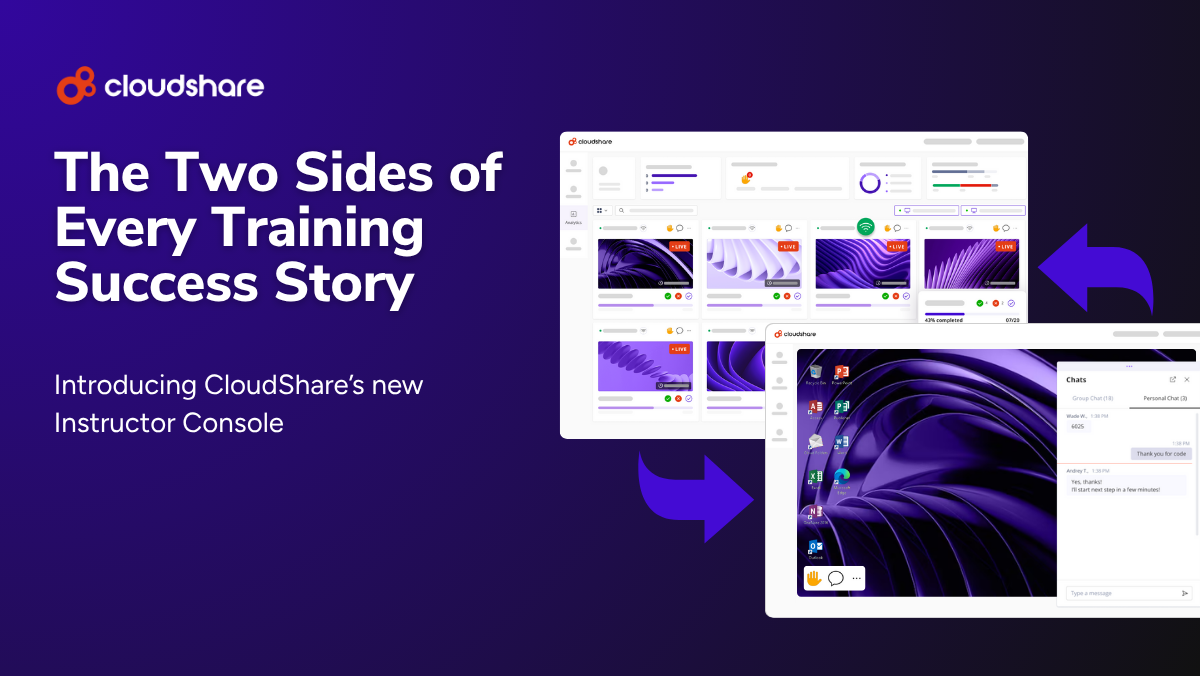Glossary
Role-Based Training
Role-based training is an approach to learning and development that tailors content to each employee. It typically covers an employee’s responsibilities, the technologies they’ll use to fulfill those duties, and any role-specific compliance risks and requirements. This training may be paired with more generalized onboarding to fully introduce new staff to their positions.
For example, imagine a SaaS company has hired a new security engineer and a new sales representative.
The security engineer would need to learn about the company’s compliance policies and incident response and risk management processes, with only a light overview of the company’s sales enablement tools. The sales rep, on the other hand, would need to understand the sales enablement software but would require only basic security training.
What are the key elements of role-specific learning?
Role-based training is intended to help each employee develop the necessary knowledge and skills for their job. Businesses looking to assign training by role should follow the steps below.
Assess Compliance and Risk
Start with a general understanding of your industry’s compliance landscape. If you work in the U.S. healthcare sector, your employees will need HIPAA training in addition to regular onboarding. This applies whether you’re a covered entity or a care provider.
It also applies to all roles within the organization, from custodial staff to physicians. That said, the training will differ based on several factors, such as whether an employee has direct access to PHI and what they do with that data.
Even if your business does not have any compliance requirements, you’ll need to consider which roles involve the greatest security risk and deliver additional training.
Define Roles
Clearly identify each distinct role in your organization. For each, ask yourself the following questions:
- What are their core responsibilities?
- What compliance requirements are associated with the role?
- Are there any particular security concerns or risks to consider?
- What role-specific knowledge, skills, and competencies are required?
- What general knowledge, skills, and competencies are needed?
- What tools and technologies will they use in the workplace?
Bear in mind that onboarding may not be enough in some cases — compliance-focused training often requires regular recertification.
Develop Your Program
Where role-based learning is concerned, you have a few potential approaches.
Option one is to create and maintain your content internally, leveraging adaptive training to provide employees with dynamic personalized learning paths. This requires considerable expertise, especially where security and compliance are concerned. In some cases, it also may not be possible — some industries require third-party certification for compliance purposes, for instance.
Your second option is to work with third parties such as regulators, specialized consultants, certifying bodies, vendors, and/or online training platforms. While this approach eliminates the administrative burden of developing your own content, it may not be suitable for certain roles.
The third, and arguably best option, is to proceed on a case-by-case basis. For instance, your marketing team probably won’t require externally developed content. Your security engineers, on the other hand, may benefit from CompTIA or CISSP certification.
Employ the Right Training Software
Hands-on training is generally more effective than passive learning, regardless of role. Keep that in mind when you develop your training program, and find software that supports experiential learning, such as virtual labs. Look for features such as:
- Support for hands-on simulations and sandboxes
- The ability to quickly spin up virtual training environments
- Collaborative functionalities like over-the-shoulder view, real-time chat, and video conferencing
- Scalability
- Analytics to track metrics like attendance rate, learner engagement, and completion rate
Does every employee need personalized training?
The answer to this question is generally yes, for several reasons.
- First off, tailored learning content tends to be considerably more engaging.
- Allowing new hires to skip what they already know also speeds up the onboarding process.
- Lastly, the scope, depth, and breadth of training will be different for each individual, even within the same role.



